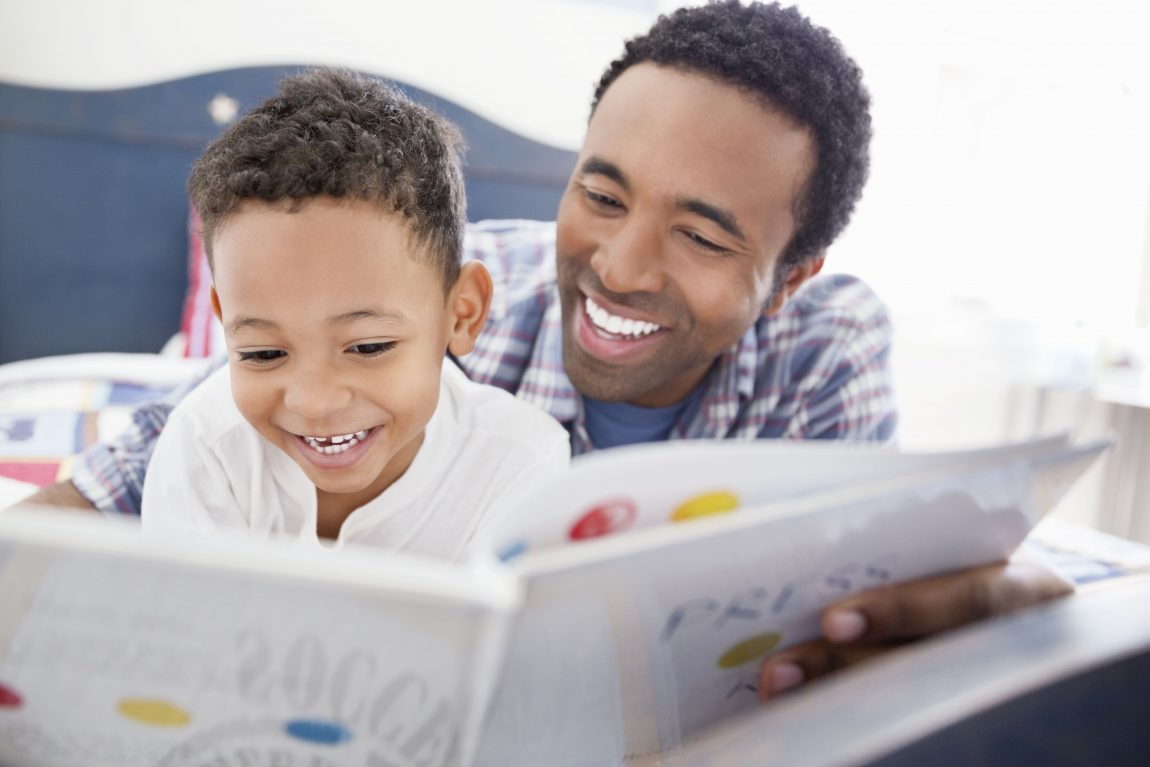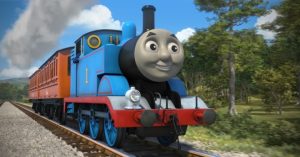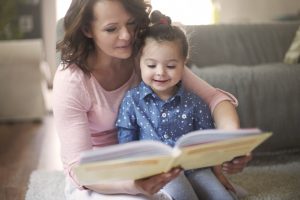
How to Build Your Child’s Literacy Skills: Practical Tips
When children are just learning to read—and especially if they are struggling—a great strategy is to use a picture walk before you actually start to read the book. In the picture walk strategy (taught to me by one of my son Mark’s tutors), you look at the pictures throughout the story and talk about them. After talking through the pictures from the beginning to the end of the story, you then begin the process of reading.
This video shows a woman doing a picture walk with children. She is speaking with them in English and Armenian.
https://www.youtube.com/watch?v=ynb3fIudsKc
Picture walks were highly successful with Mark, and they worked so well because even though the process of reading was very difficult for him due to his dyslexia, he at least had some confidence in knowing what the story was about. So I recommend this process:
- Read aloud to your child the title of the story (e.g., Dogzilla)
- Start at the beginning and look at all the pictures together. Ask your child to describe what is happening on each page. Add your own comments
- At points, ask your child to predict what he thinks is going to happen. Predicting is a highly valuable skill for increasing reading comprehension!
- When you have discussed all the pictures from the beginning to the end of the story, go back to the beginning. Read the story out loud and have fun!
- While you read out loud, ask your child to predict what he remembers happened next.
Don’t worry if your child refuses to read the story himself. If he is a skilled reader, great. But if he is a struggling reader, like my son was, just let it rest. Come back to the story later if necessary, and next time, invite your child to read aloud with you while you track each word by putting your finger under it as you read along. Praise him for his effort and hard work.
Continue to read with your child, providing many different books about different topics. As she gets a little older, you can add informational books to her repertoire. When children are small, we love to read them stories. This video demonstrates effective reading tips.
https://www.youtube.com/watch?v=EqJG–b0Yp0
Stories are terrific, but kindergartens these days place a great deal of emphasis on expository reading, or reading for information. Mark loved Bob the Builder books as a preschooler. We read about dump trucks, cement mixers, and other topics. I highly recommend Byron Barton books, which are simple and colorful informational books about planes, trains, and other fascinating topics. Recently, in Barnes and Noble, I actually saw books about physics for babies! We can read these informational books with children and ask questions about what they have learned. This will greatly help in preparing them for kindergarten.
An easy way to remember how to read with your child is to CARE: Comment, Ask questions, Respond, Extend (add words). You can read the actual book and CARE, or you can just look at the pictures and CARE. Either way, it’s effective:
 Adult: Look at Thomas the Tank Engine going down the track. (Comment)
Adult: Look at Thomas the Tank Engine going down the track. (Comment)
Adult: Where is he going? (Ask a question)
Child: He’s going to see James.
Adult: Yes! He likes to see his friend James who is the orange train! (Respond and Extend)
Adult: Oh boy, I think James is glad to see him. (Comment)
Child: James happy.
Adult: James is happy because Thomas is his friend and they like having fun together. (Respond and Extend)
 Here are some more specific ideas for building your child’s early reading skills: (google Sac State Literacy Connection for even more ideas).
Here are some more specific ideas for building your child’s early reading skills: (google Sac State Literacy Connection for even more ideas).
Before you start reading a book, look at the pictures and talk about them. Build pre-literacy skills by asking your child:
- How do you hold a book?
- Where is the cover?
- Who is the author?
- Who is the illustrator? (yes, Mark had to know this in kindergarten!)
- What do you think the book is going to be about?
- Point to the first word
- Point to the first page
- Will you turn the pages with me while we read?
- Point to the last word
- Point to the last page
Build on your child’s previous knowledge. For example, if the story is about Dogzilla, you can say “Do you have a dog? Do you know anyone who has a dog?” In another example, “Look at that red fire engine. It has 4 wheels, just like a car. What does your Daddy’s car look like?” Children comprehend books much better if we relate the books’ content to their prior experiences.
During reading, ask questions such as:
What page are we on?
Where should I read next?
Why did the character do that?
How did that make you feel?
What do you think will happen next?
After reading, review the story by asking questions such as:
- What was the story about?
- What happened in the story?
- How did the story end?
- What was your favorite part of the story?
- Which picture did you like best? Why?
Start building your child’s phonological awareness skills—awareness of how words sound. The very best way to do this is through rhyming, and I highly recommend Dr. Seuss books. Here are other skills, listed in a hierarchy, that you can help your child develop before she goes to school:
- Count the number of words in a sentence
- Count the number of syllables in a word (clapping is very helpful)
- Count the number of sounds in a word
- Identify the first sound in a word
- Identify the last sound in a word
- Identify words that rhyme
Most importantly, have fun!!
For more ways to boost your child’s reading skills, please see my book Love Talk Read to Help Your Child Succeed, available on Amazon. Just click on the link below!
https://www.amazon.com/s?k=celeste+roseberry+love+talk+read&ref=nb_sb_noss

